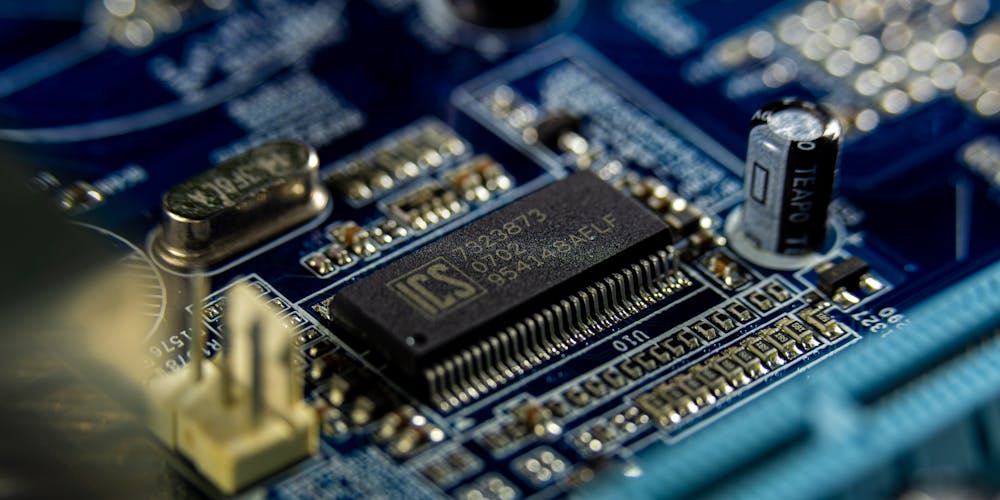The tech industry finds itself at a precarious crossroads as the Biden administration reinstates significant tariffs on PC components originating from China. This move is anticipated to propel prices upward for critical hardware such as graphics cards and motherboards, stirring consternation among consumers and industry players alike. These tariffs, intended to curtail China’s influence on the domestic technology market, are a resurgence of policies first seen under the Trump administration. With tech enthusiasts and PC builders bracing for the impact, the reverberations of this decision are set to echo throughout the market as we examine the policy’s far-reaching consequences.
The Tariff Revival: An Industry Jolted
The USTR’s Confirmation and Its Implications
The specific confirmation by the USTR (United States Trade Representative) cites tariffs under codes “8473.30.1180” and “8473.30.5100,” pertaining directly to graphics cards and motherboards. As tensions between the United States and China persist, this enforcement is bound to translate into steep price increases for the end-user. Considering the vast production of these components by manufacturers such as ZOTAC and MSI in China, the cost ramifications due to increased import expenses will inevitably be passed on to consumers. The rationale behind these tariffs is deeply rooted in geopolitical currents, but the immediate effect is clear: a more expensive landscape for building and upgrading PCs.
The forthcoming rise in prices is not a mere projection but a certainty underscored by the market’s reliance on Chinese manufacturing. Many components that form the backbone of modern computing are intricately tied to production facilities across China, making this tariff reinstatement a matter of serious concern for the whole industry.
Industry Reaction: Reservations and Concerns
Unsurprisingly, this policy shift has been met with vocal opposition from within the tech sector. Industrialists and trade organizations are quick to point out the potential hurdles such tariffs might impose, including trade complications, supply chain disruptions, and a dampening effect on the entire market. Amidst the complexity of global logistics, there’s a fear that these tariffs will add another layer of intricacy to an already strained system, resulting in shortages and delayed product availability.
There seems to be no uniform verdict on the efficacy of this move, with sentiments swaying towards disapproval within the industry. The imposition of tariffs may be well-intentioned from a policy perspective, aiming to secure the domestic market’s interests. However, the repercussions for trade dynamics and market vitality tell a different tale—one of potential stagnation and heightened barriers to accessibility for technology enthusiasts.
Confronting the Cost Surge: What Lies Ahead for Consumers
On the Horizon: Price Increases and Market Dynamics
As the gears of policy turn, consumers are caught in the wake of impending price hikes for essential PC components. This surge, precipitated by renewed tariffs, looms over an industry already challenged by a pandemic-rattled supply chain and increasing demand for technology. The ramifications of such financial adjustments stretch beyond individual wallets, potentially reshaping the contours of the consumer tech market.
With the grasp of tariffs tightening, graphics cards and motherboards could soon become luxury commodities, inaccessible to the average customer. The forecast augurs a scenario where advancements in technology might be stifled, as the cost barrier excludes wider swaths of the population from the latest hardware.
The Ripple Effect: Market Outlook Amidst Tariff Tensions
The Biden administration’s reinstatement of significant tariffs on computer components from China has placed the tech sector at a pivotal junction. These tariffs are expected to drive up costs for vital equipment, including graphics cards and motherboards. The decision has prompted widespread concern among consumers and industry stakeholders, as it harkens back to strategies from the Trump era aimed at diminishing China’s technological sway in the U.S. market. The fallout from this policy shift looms over the industry, with many tech aficionados and PC builders steeling themselves for the financial hit. This pivotal moment stands to affect the industry’s economy broadly, as the effects of the tariff imposition unfold across the market. Consequently, within this climate of uncertainty, we delve into the extended impact of the administration’s tactics on the domestic and global technological landscape.

